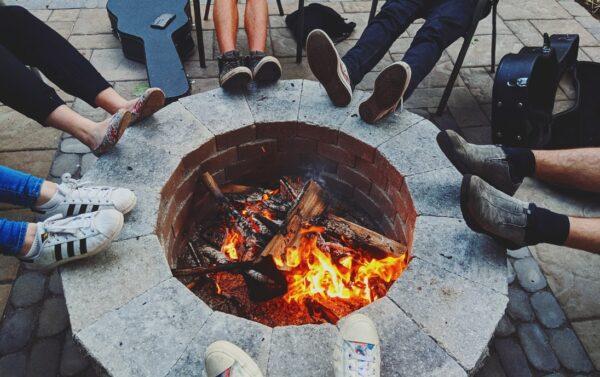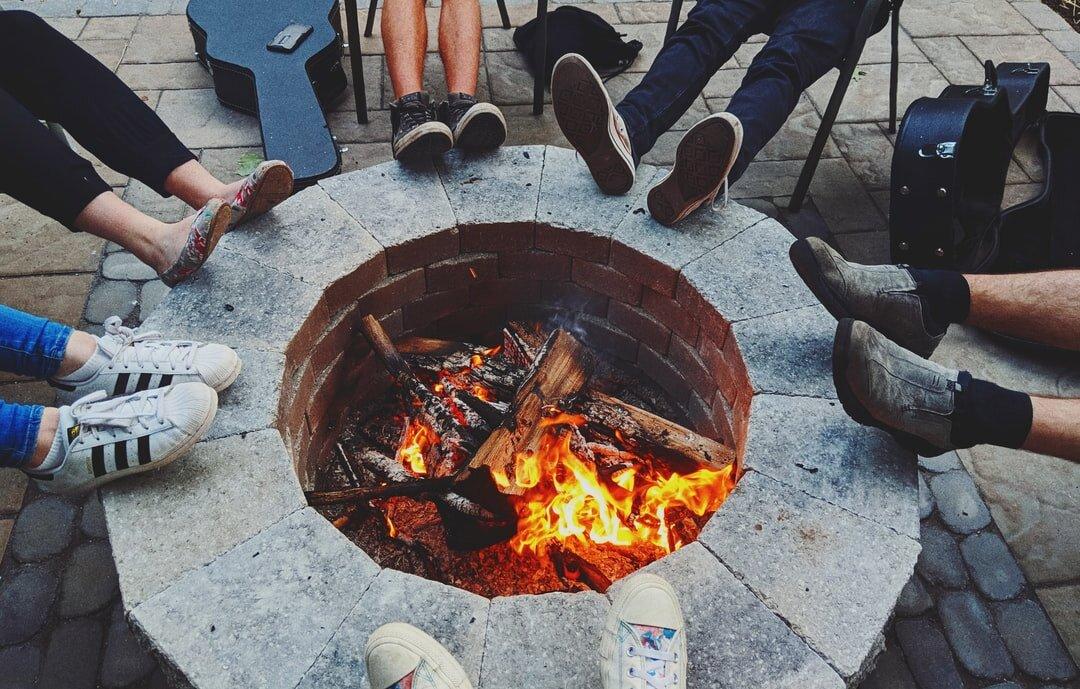Tips and suggestions on creating the best fire space in your garden for both rural and urban settings, and what you need to know about certain recreational fire laws.

Gather around sparks of euphoria. Elizabeth Boisvert/Unsplash

Tips and suggestions on creating the best fire space in your garden for both rural and urban settings, and what you need to know about certain recreational fire laws.
